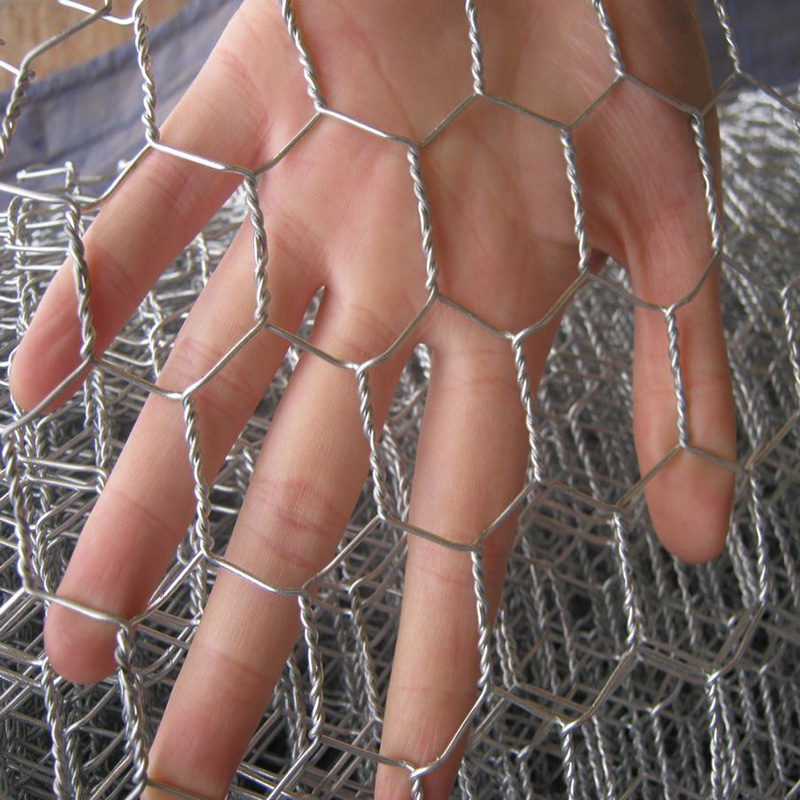-
+86 15030157877
-
sales@galvanizedmetalmesh.com
Th11 . 15, 2024 11:53 Back to list
wholesale cattle fence
Understanding Wholesale Cattle Fencing A Comprehensive Overview
Cattle farming is an essential part of the agricultural industry, requiring effective management of resources and livestock for optimal productivity. One of the critical components of successful cattle farming is the establishment of secure and sustainable fencing solutions. This article delves into the significance of wholesale cattle fencing, exploring different types, benefits, and factors to consider when selecting the right fencing for your cattle operation.
The Importance of Cattle Fencing
Cattle fencing serves multiple purposes. It helps keep the cattle contained within designated areas, preventing them from straying into harmful environments or onto roadways, which can lead to accidents. Additionally, good fencing protects livestock from potential predators and trespassers. Properly managed, it allows farmers to rotate grazing areas, aiding ground recovery and maintaining healthy pastureland over time.
Types of Cattle Fencing
When it comes to wholesale cattle fencing, several options are available, each offering specific advantages depending on the farming context.
1. Barbed Wire Fencing Often considered the traditional choice, barbed wire fencing is durable, economical, and effective at containing cattle. The barbs act as a deterrent, preventing livestock from pushing against or attempting to break through the fence. However, farmers should be cautious, as barbed wire can injure animals if they get too close.
2. High Tensile Wire Fencing This type of fencing uses fewer strands of wire but is tensioned to provide a strong barrier. It's known for its resilience, particularly in challenging weather conditions. High tensile wire fencing also requires less maintenance compared to traditional barbed wire, making it a popular choice among cattle farmers.
3. Electric Fencing Increasingly popular, electric fencing provides an effective barrier while being cost-efficient and easy to install. It delivers a mild shock to deter cattle from attempting to break through. Electric fencing allows greater flexibility in grazing management, as it can be easily moved as grazing patterns change.
4. Vinyl or Poly Fencing While less common for cattle due to its higher cost, vinyl or poly fencing is admired for its aesthetic appeal and durability. These materials are resistant to rotting, rusting, or fading, making them a long-term investment.
5. Composite Fencing This modern solution combines wood fibers and plastic, creating a strong, weather-resistant barrier. While more expensive, it is low-maintenance and designed to withstand environmental stresses.
Benefits of Wholesale Cattle Fencing
Investing in wholesale cattle fencing can bring numerous benefits to farmers and ranchers.
wholesale cattle fence

- Cost-Effectiveness Purchasing fencing at wholesale prices can significantly reduce costs, making it easier to establish or upgrade fencing without straining budgets
.- Sustainability Many fencing materials have a long lifespan and require minimal maintenance, thus reducing the need for frequent replacements and repairs.
- Safety Properly installed fencing minimizes the risks of escape and injury to both cattle and humans, creating a safer working environment.
- Management Flexibility Good fencing allows for better management of grazing patterns, leading to improved pasture health and higher quality beef production.
Factors to Consider When Choosing Fencing
Selecting the right wholesale cattle fencing involves evaluating several key factors
- Purpose Determine the primary function of the fence—whether for permanent use or temporary grazing management.
- Budget Assess the financial implications of various fencing materials, installations, and ongoing maintenance costs.
- Terrain Consider the geographical features of your farm. Some fencing types may be better suited for hilly or uneven terrains.
- Cattle Behavior Understand the temperament and behavior of your cattle. If your herd is restless or curious, a more robust or electrified fencing solution may be necessary.
- Local Regulations Be aware of any regulations regarding livestock fencing in your area to ensure compliance and prevent potential fines.
Conclusion
Wholesale cattle fencing is a cornerstone of effective cattle management, ensuring the safety and well-being of livestock while facilitating efficient agricultural practices. By carefully considering the various types of fencing available, assessing their benefits, and understanding the factors that influence the choice of materials, farmers and ranchers can make informed decisions that not only meet their operational needs but also contribute to the sustainability and productivity of their cattle operation.
-
Welded Gabion Solutions: Durable & AI-Enhanced Designs
NewsAug.01,2025
-
Premium Welded Gabion Mesh | Robust & Eco-Friendly
NewsJul.31,2025
-
Premium Eco-Friendly Roof Tiles | Affordable & Durable
NewsJul.31,2025
-
Premium Roof Tiles for Durable & Stylish Roofing Solutions
NewsJul.30,2025
-
High-Quality Roof Tiles for Durable & Stylish Roofing Solutions
NewsJul.29,2025
-
High Quality Square Wire Mesh Manufacturer & Supplier for Wholesale
NewsJul.29,2025



